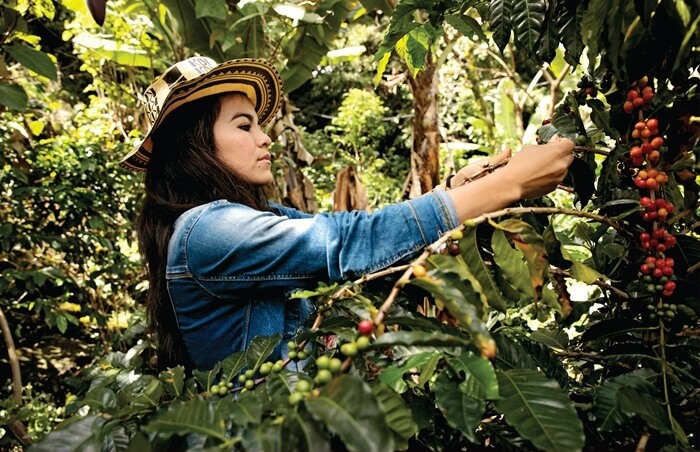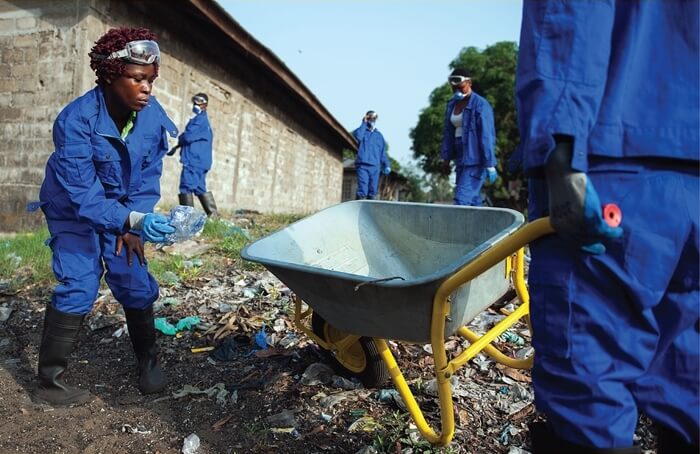Excerpt from independent.co.uk
In the arid southwest of El Hierro, against a backdrop of inhospitable mountain plains scorched yellow by the blazing sun above, lies El Sabinar. Bent uncomfortably, with its twisted branches windswept to one side, it’s the gnarliest of juniper trees – 1,000 years old and not looking a minute younger.
It stands alone because when the juniper trees that covered this area were cut for their wood, only those contorted out of shape by the winds were spared the axe. Now it serves as an eerie mark of man’s short-term gains for nature’s long-term losses. Thankfully, El Hierro – the second smallest of the Canary islands – has learned from the past.
Now a Unesco biosphere reserve, the whole island is protected – it’s an offence to fell a juniper tree. Driving along El Hierro’s winding roads, it’s rare to come across a man-made construction within its dramatic landscapes, which blur from black volcanic rubble into lunar wilderness, via sheer cliffs and lush forests.

Island Innovation is a social enterprise and digital media company at the intersection of sustainable development and communications, offering specialised services across various sectors. We bring together the private sector, government, utilities, NGOs and universities to advance innovation for sustainability and prosperity in islands worldwide.















